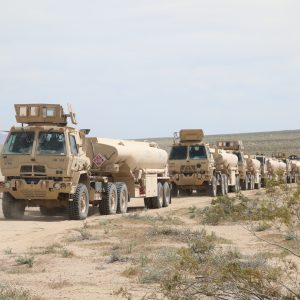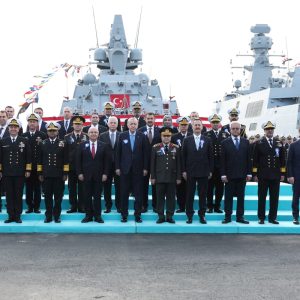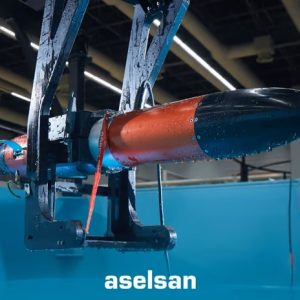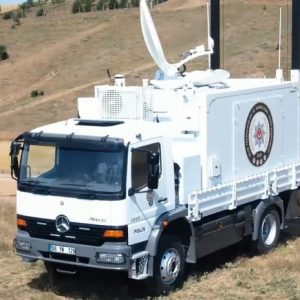Foundations for the Next 50 Years
ASELSAN marked its 50th anniversary with the country’s largest defense industry investment: a new Oğulbey Technology Base and a sweeping set of capability upgrades centered on the ASELSAN Steel Dome investment. Announced in Ankara with Türkiye’s top leadership in attendance, the program pairs a USD 1.5 billion infrastructure build with immediate deliveries for the nation’s integrated air and missile defense architecture.
Key Facts
- Investment: USD 1.5B for the Oğulbey Technology Base (Europe’s largest integrated air-defense facility, per official remarks) [2].
- Scale: 6.5M m² campus; ~735,000 m² enclosed space projected [6].
- Deliveries: 47 Steel Dome components/vehicles worth USD 460M [3].
- New facilities: 14 production & R&D sites totaling USD 280M; capacity uplift cited at ~40% [6].
- Timeline: First phase of Oğulbey base targeted to come online by mid‑2026 [2].
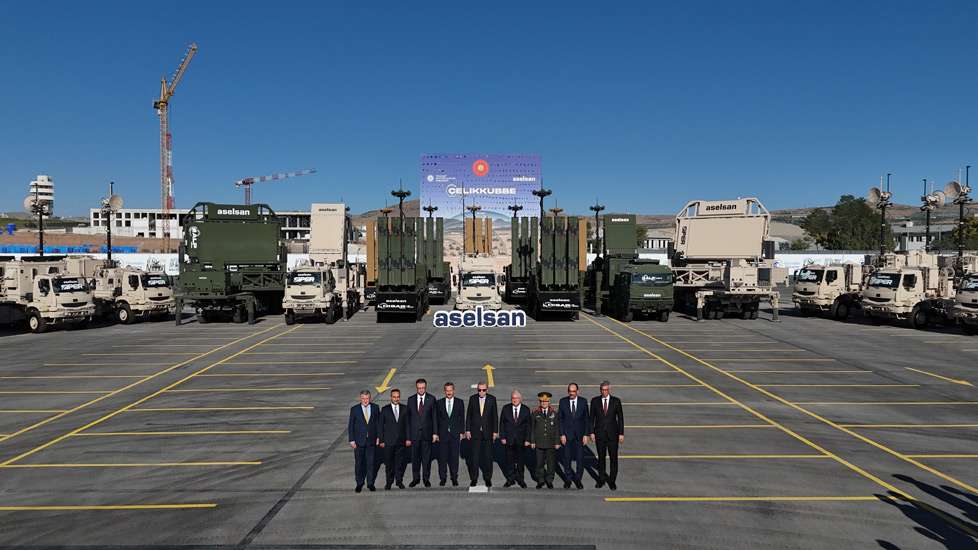
What the Oğulbey Technology Base Enables
The Oğulbey campus—framed by government leaders as a generational pivot—serves as the core industrial backbone for the Steel Dome “system‑of‑systems.” The ASELSAN Steel Dome investment consolidates radar, electronic warfare, command‑and‑control, and interceptor production into a scalable site designed for serial output and faster fielding cycles. Official disclosures and independent reporting indicate the first phase targets mid‑2026 commissioning [2], with an enclosed space footprint projected at approximately 735,000 m² inside a 6.5 million m² campus [6].
Strategically, the base addresses three gaps: sustained serial production for layered air defense; co‑location of test, integration, and quality assurance; and responsive capacity for emerging threats such as mass‑salvo drones and low‑observable cruise missiles. The ASELSAN Steel Dome investment therefore shifts Türkiye’s air‑defense industrial posture from fragmented project workflows to a vertically integrated, export‑capable model.
Steel Dome Deliveries: From Concept to Capability
During the ceremony, authorities highlighted deliveries valued at USD 460 million comprising 47 vehicles and subsystems across the Steel Dome architecture [3]. While specific line‑items were not exhaustively enumerated in official briefings, prior exhibitions and disclosures point to families such as SİPER/HİSAR interceptors, KORKUT gun systems, ALP radar assets, and PUHU electronic warfare elements being integrated into the layered defense concept [6].
Technical insight: Steel Dome is a networked, multi‑layered air and missile defense construct that fuses sensors, effectors, and battle management via systems like RADNET and HAKİM C2. Its architecture is designed to counter simultaneous threats—from FPV swarms and loitering munitions to cruise missiles and, in later spirals, select ballistic profiles—by distributing sensing and fire control across mobile and fixed nodes.
Four Strategic Effects of the Investment
1) Industrial Scale—From Prototypes to Serial Output
The ASELSAN Steel Dome investment squarely targets serial production at scale. By concentrating advanced cleanrooms, labs, and automated lines, Oğulbey compresses lead times and reduces integration friction. Notably, sector reporting indicates 14 new production and R&D facilities worth USD 280 million and an expected capacity uplift around 40% [6]. Parallel investor and corporate disclosures on radar and electro‑optic facilities underscore this trend of throughput‑oriented expansion [7][8].
2) Operational Readiness—Closing the Layered‑Defense Gap
Türkiye’s recent combat lessons emphasize the need for resilient, multi‑tiered air defense. By bringing Steel Dome assets into service while construction proceeds, the ASELSAN Steel Dome investment accelerates learning cycles, doctrine development, and logistics standardization. Official statements frame the deliveries as moving the Armed Forces into a “different league” for airspace security [5].
3) Technology Sovereignty—Reducing External Dependency
Government messaging links the program to long‑standing aims of autonomy in critical defense technologies. The ASELSAN Steel Dome investment localizes key segments of sensing, guidance, and command‑and‑control—areas historically subject to export controls or supply‑chain risk. This mitigates strategic vulnerability while positioning Türkiye for selective export opportunities, as recent Steel Dome‑related showcases at IDEF suggest [4][9].
4) Global Competitiveness—An Export‑Ready Platform
ASELSAN’s leadership links the investment to a pivot from project‑based to product‑based growth. With mid‑2026 milestones in sight, the ASELSAN Steel Dome investment turns high‑mix R&D portfolios into standardized production families that can scale for domestic demand and international customers. Reuters reporting reinforced that the site aims to more than double overall production capacity [2].
Context: Why Now?
Air‑ and missile‑threat proliferation—from inexpensive loitering munitions to precision cruise missiles—has raised the bar for integrated defense. Nations that can pair layered interceptors with robust C2 and electronic warfare at industrial scale set the pace. The ASELSAN Steel Dome investment is Türkiye’s bid to lock in that industrial‑operational flywheel before the next wave of threat evolution.
References
- Defence Agenda – Strategic Trends (internal background).
- Reuters – $1.5B Oğulbey base; Europe’s largest integrated air-defense facility; mid‑2026 first phase.
- AP – Steel Dome delivery of 47 vehicles worth $460M.
- Breaking Defense – Steel Dome platform maturation and export posture.
- Anadolu Ajansı – Presidential remarks on Steel Dome deliveries.
- Defence Industry Europe – 6.5M m² campus, 14 facilities worth $280M, ~40% capacity uplift.
- ASELSAN – Radar Integration Center (corporate disclosure).
- ASELSAN – Electro‑Optic FLIR Production Facility (corporate disclosure).
- ASELSAN – BIST Disclosure on Steel Dome & Oğulbey base.
- Xinhua – Coverage of the 47‑vehicle Steel Dome delivery.
- Defense Arabia – ASELSAN launches Türkiye’s largest defense industry investment with Oğulbey Technology Base.


